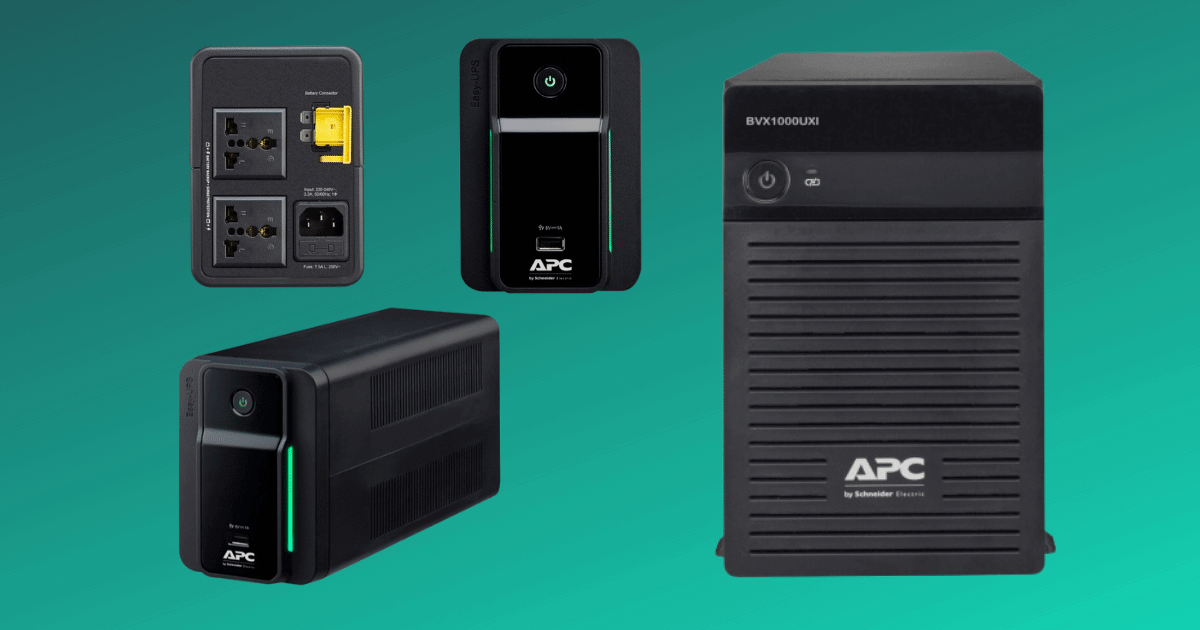Installing a UPS (Uninterruptible Power Supply) is a crucial step in safeguarding electronic devices and ensuring uninterrupted power supply. Whether it’s for home or business use, proper installation is essential for maximizing the effectiveness and reliability of a UPS system. In this article, we will discuss important factors to consider when installing a UPS, ranging from selecting the right location and capacity to ensuring proper grounding and maintenance.
Assessing Power Requirements
Before installing a UPS, it’s important to assess the power requirements of the devices that will be connected to it. Determine the total power load by calculating the combined wattage or volt-amperes (VA) of the devices. This information will help you choose a UPS with an appropriate capacity to handle the load. It’s advisable to select a UPS with a capacity slightly higher than the calculated load to accommodate future expansions.
Selecting the Right Location
The location of the UPS plays a significant role in its performance and longevity. Choose a well-ventilated area with adequate airflow to prevent overheating. Avoid placing the UPS near heat-emitting devices or in direct sunlight. Additionally, ensure the location is easily accessible for maintenance and monitoring purposes. It’s also advisable to install the UPS in an area that is protected from environmental hazards such as water leaks or excessive dust.
Ensuring Proper Grounding
Proper grounding is crucial for the safe and effective operation of a UPS. Ensure that the electrical system and the UPS are correctly grounded to prevent electrical hazards and maintain equipment integrity. Follow local electrical codes and consult a qualified electrician if needed. Establish a grounding connection between the UPS, the electrical distribution panel, and any connected equipment. This helps protect against electrical faults and improves the overall performance of the UPS system.
Managing Battery Capacity and Runtime
The battery is a critical component of a UPS system, providing backup power during outages. It’s important to manage battery capacity and runtime effectively. Follow the manufacturer’s guidelines for battery installation, charging, and replacement. Regularly inspect and test the batteries to ensure they are functioning optimally. Consider factors such as battery chemistry, capacity, and expected runtime when selecting a UPS. Additionally, it’s advisable to have a plan in place for battery replacements to maintain continuous power backup.
Implementing Redundancy and Scalability
For mission-critical applications, redundancy and scalability are important considerations. Implementing redundant UPS systems provides an extra layer of protection by ensuring that backup power is available even if one UPS fails. Redundancy can be achieved through parallel or redundant configurations. Additionally, choose a UPS system that allows for easy scalability to accommodate future growth or increased power demands. This ensures that the UPS can adapt to changing needs without requiring a complete overhaul of the system.
Regular Maintenance and Testing
Proper maintenance and testing are essential for the long-term reliability of a UPS system. Follow the manufacturer’s recommended maintenance procedures, including periodic inspections, cleaning, and firmware updates. Regularly test the UPS and its batteries to verify their performance and runtime. Conduct simulated power outages to ensure a seamless transition from utility power to battery power. Keep a record of maintenance activities and test results for future reference.
Overcome
Installing a UPS is a critical step in ensuring uninterrupted power supply and protecting electronic devices from power outages and disturbances. By considering factors such as power requirements, location, grounding, battery management, redundancy, and regular maintenance, users can maximize the effectiveness and reliability of their UPS system. By investing time and effort in proper installation and maintenance, individuals and businesses can enjoy the benefits of uninterrupted power and safeguard their valuable equipment.


